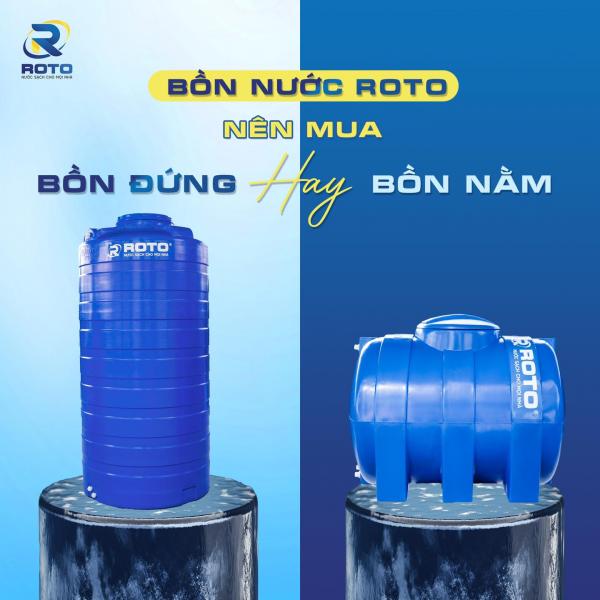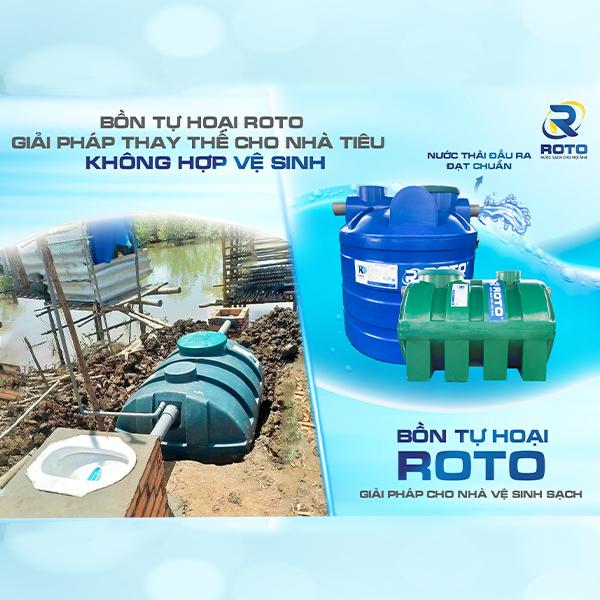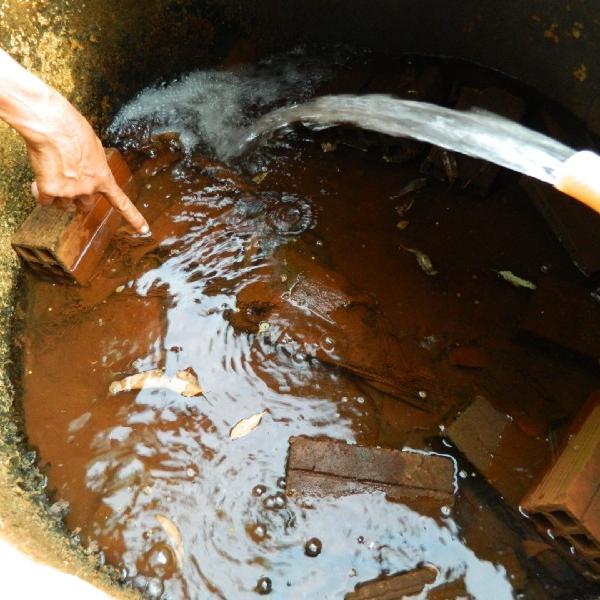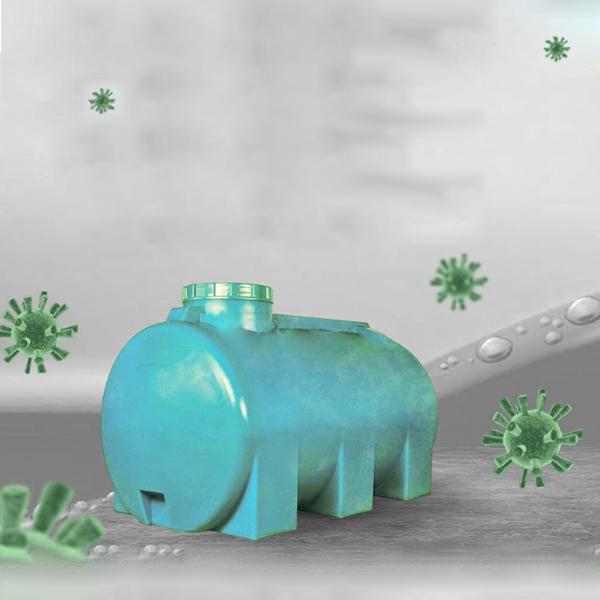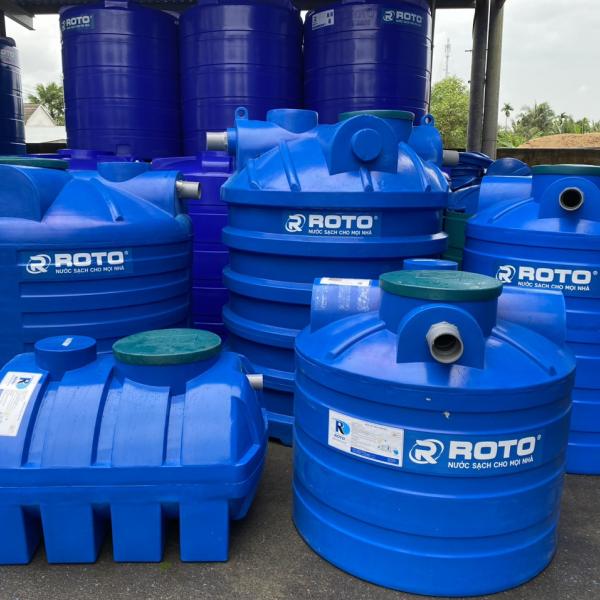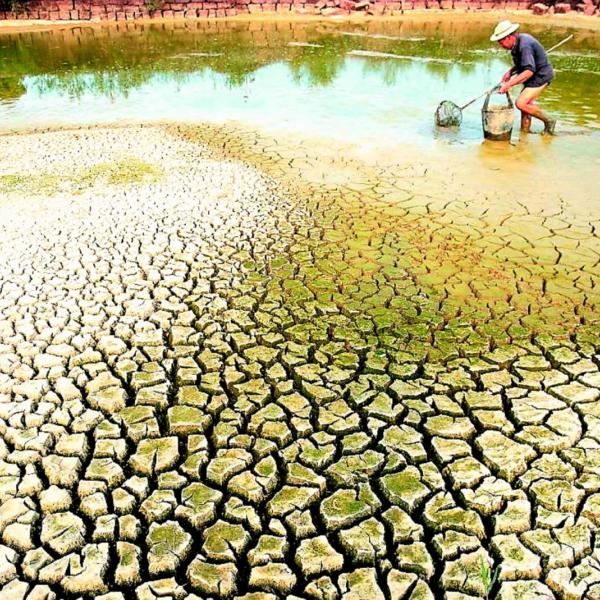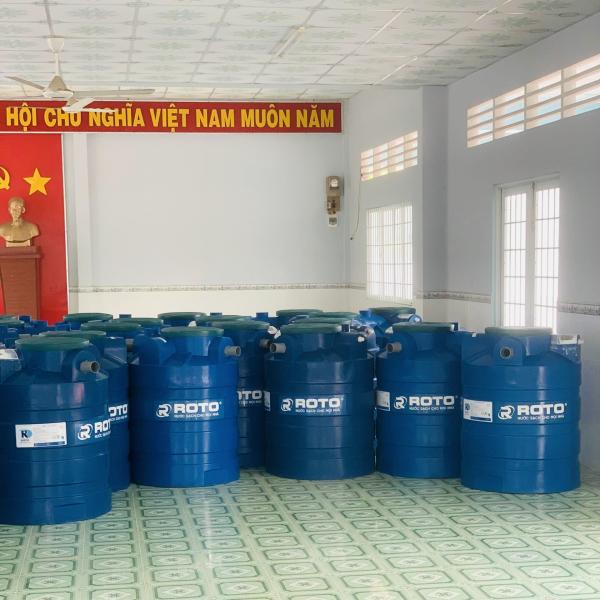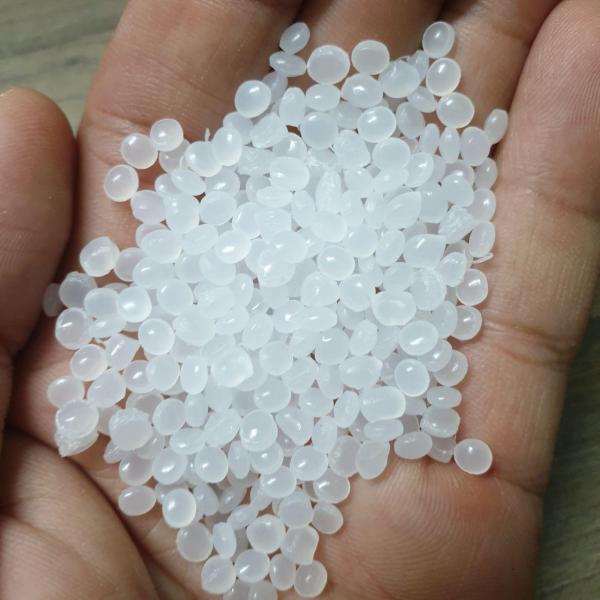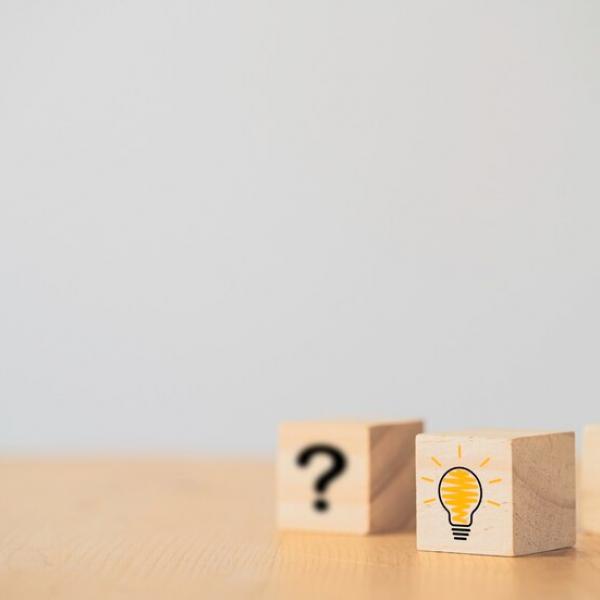With convenience, reasonable price, plastic is becoming more and more popular in life. But the household products made of plastic like water bottles, boxes, and jars that you buy are not all the same, and the key difference is how toxic the plastic they are made of is. But in general, they are all harmful to human health if not used properly.
Usually each type of plastic is indicated by a letter or number, usually located between a triangle with arrows and can be found on the shell or the bottom of plastic products. This is also a way for us to distinguish and choose plastic items for the right purpose, in order to minimize the release of toxic substances into food.
Smallfootprintfamily pointed out seven plastic symbols and how toxic or safe it is.
No. 1 - PET (Polyethylene terephthalate)
PET plastic is one of the most commonly used types of household products, such as bottles of mineral water, soft drinks, beer and packaging such as ketchup, jams and jellies.
This is a symbol for a single-use plastic, so repeated use can increase the risk of dissolving heavy metals and the chemicals that make up them, affecting the hormone balance in the body. body. PET plastic is difficult to clean, and the level of recycling is also very low, so its best to throw it away as soon as youre done using it.
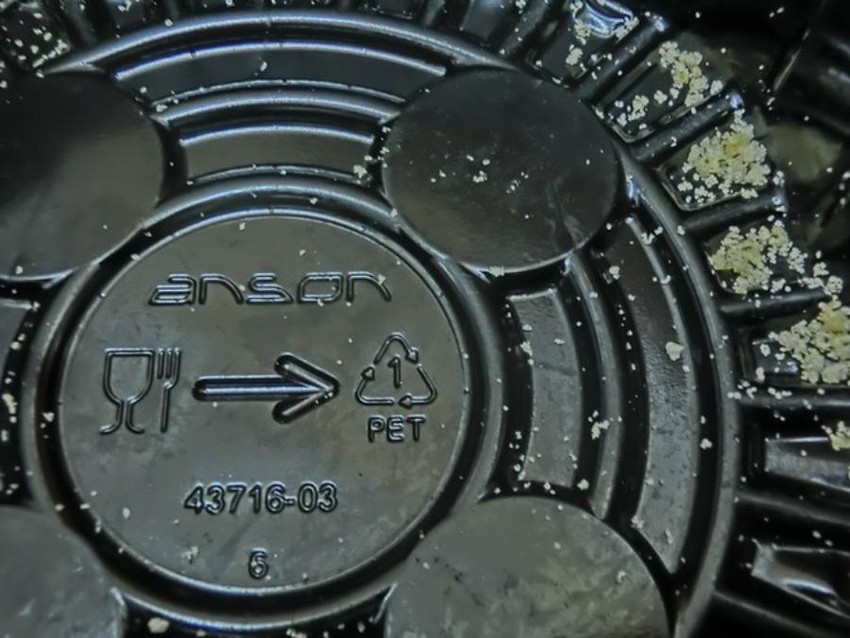
If reused to store hot water over 70 degrees Celsius, it will not only deform but also decompose substances harmful to health. This plastic product, if used for more than 10 months, can produce carcinogenic substances.
There are some issues to be aware of as antimony, a metallic element of toxic quality, is leaking from PET. Leakage rate increases with temperature. Typically, the amount of antimony that leach into a liquid is below the U.S. Environmental Protection Agencys maximum contaminant level. But assume that the container remains at room temperature.
According to the US Centers for Disease Control (CDC), antimony can cause acute and chronic health problems such as diarrhea, vomiting, stomach ulcers...
Studies indicate that storing these bottles for long periods of time and at elevated temperatures can lead to unhealthy amounts of antimony. For example, a bottle stored at 60 degrees Celsius for 176 days would yield unhealthy levels (maximum contaminant level (MCL) of 6 ppb), as would a bottle stored at 85 degrees Celsius for only 1.3 days. These are very reasonable temperatures and can often be reached in a warm garage, or car during the summer.
Three years ago, a study showed that microwaving can significantly increase the rate at which antimony dissolves into PET bottles. The authors recommend that, before using plastic bottle manufacturers first to remove metal contaminants such as antimony.
And in 2012, a study showed that in addition to antimony, brominated compounds can also seep into PET bottles. Bromine, a naturally occurring element that is liquid at room temperature, can irritate skin, mucous membranes, and tissues. But its not clear from the study if concentrations of bromine leaked were at dangerous levels.
No. 2 - HDP/HDPE
HDP/HDPE (high-density thermoplastic) is the type used to make hard plastic containers such as milk jugs, detergent bottles, cooking oils, toys and some plastic bags. In addition, HDPE is also used to make plastic bags, insulation materials or plastic pipes. Polyethylene is the most popular plastic family in the world with its flexibility, strength, and very good moisture resistance.
This type of plastic does not emit harmful substances, so it is often chosen because it is the safest of all plastics.
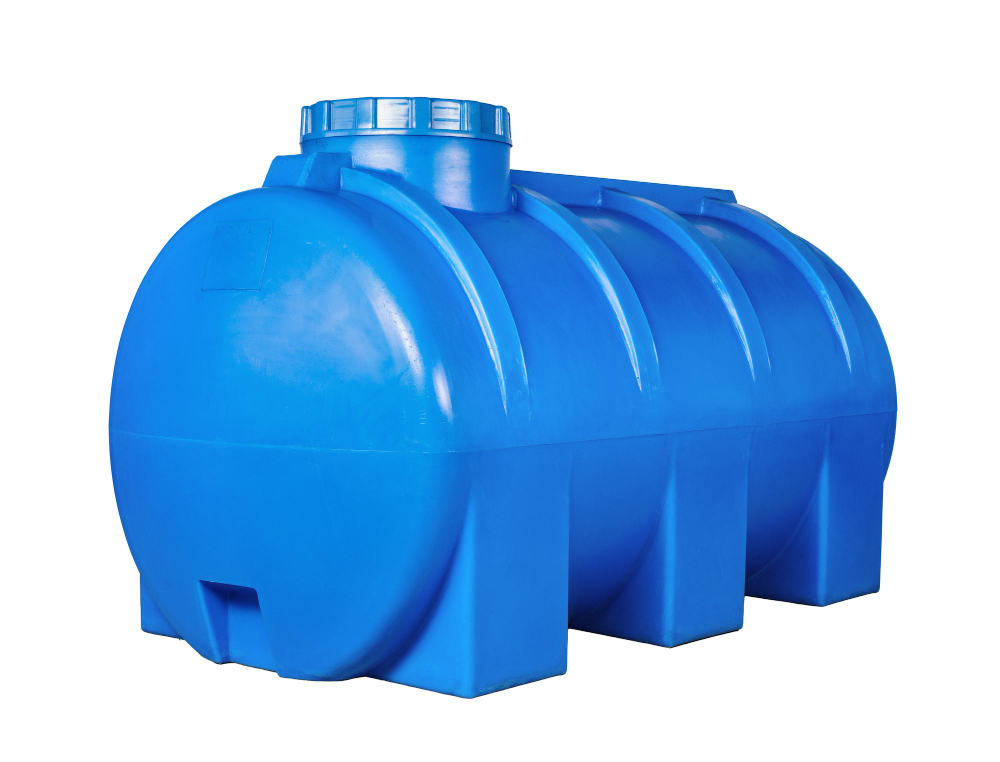
No. 3: PVC (Polyvinyl chloride)
PVC is a soft and flexible plastic, used quite commonly to produce transparent food packaging, cooking oil bottles, toys, plastic bags, credit cards, oil bottles, plastic toys, detergents. , blood bags, tablecloths and other construction materials. PVC is considered the most toxic plastic but is still widely used in consumer products in the world, after polyethylene, due to its low cost, toughness, durability and transparency.
PVC contains many harmful chemicals, including lead and DEHP, a phthalate used as a plasticizer. These chemicals disrupt wildlifes endocrine systems, causing testicular cancer, genital deformities, low sperm counts and infertility in several species, including polar bears, deer, fish elephants, otters and frogs. Scientists believe that phthalates cause similar harms in humans.
This plastic can contain or accumulate toxic substances that can cause cancer or change sex hormones in humans, especially when burned. Should be kept away and should not be used again.
No. 4: Low Density Polyethylene (LDPE)
LDPE is considered a low-toxicity plastic and is used in a number of dry-cleanable bags, plastic packaging, cake wrappers, newspapers, frozen foods, and milk cartons.
These are bottles made from the safest plastic and can be reused many times. LDPE belongs to the family of Polyethylene resins but with a lower density than HDPE. However, it still retains basic properties such as flexibility, toughness, good moisture resistance. However, according to some documents, products containing this substance should not be heated in the microwave, avoiding high temperatures because it will release harmful chemicals.
Tips: Safe to use.
No. 5: PP (polypropylene)
A white or almost transparent plastic that is used to make yogurt cups, syrups, or coffee cups, and even straws. This substance is durable and lightweight, withstands temperatures of 167 degrees Celsius, so it can be reused, rotated in the microwave. PP also resists moisture and grease very well.
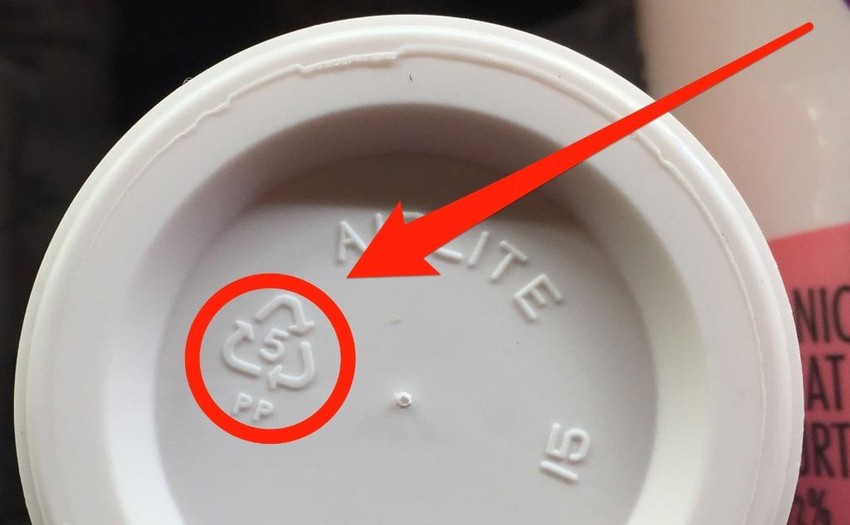
PP plastic is also used to make disposable diapers, thermal robes, car parts such as windbreaks, car mats. This is a food and beverage safe plastic that can be reused many times.
No. 6: PS (polystyrene)
Polystyrene also known as “Styrofoam”, is common and used in egg trays, disposable plates, cups and bowls, disposable food containers or food packaging... When heated, polystyrene can release styrene - a neurotoxin and carcinogen.
Tips: Try to avoid storing food and drinks in PS plastic containers or even dont use them. If used, avoid using near high heat sources.
No. 7: Other plastics
Large water bottles, juice bottles, ketchup bottles, glasses, DVDs, Blu-ray discs, many household items, cars and even baby bottles will have the number 7 in them. bottom of the bottle.
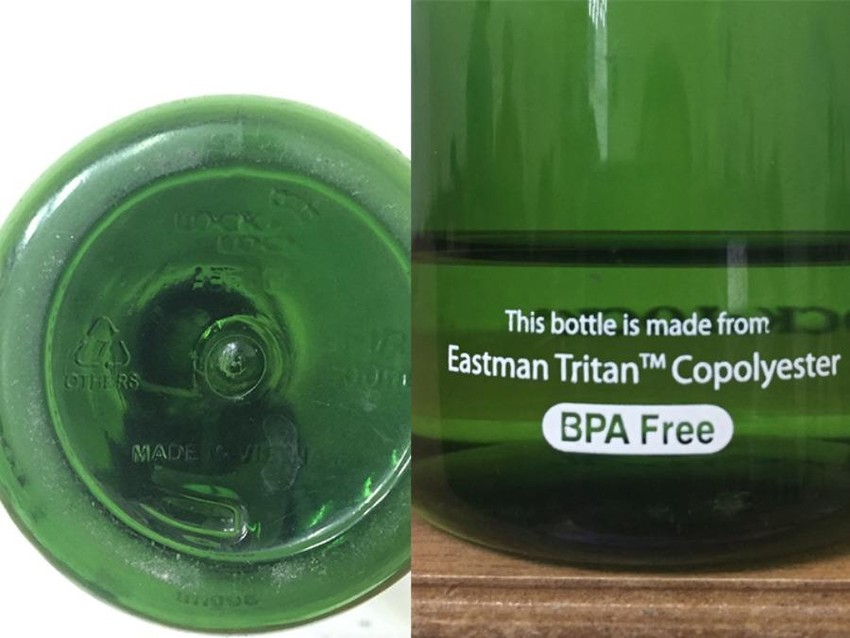
This is a type of plastic or a mixture of plastics that do not fall into the above categories. Its hard to know for sure what toxins are in #7 plastics because they vary so much, but theres a very good chance theyre polycarbonate. If they contain bisphenol-A (BPA) or Bisphenol-S (BPS), bad luck. BPA and BPS are both endocrine disorders that interfere with the bodys hormones, affecting mood, growth and development, tissue function, metabolism, sexual function and fertility produce.
Advice: Do not reuse by any means.
Article source: Collected

